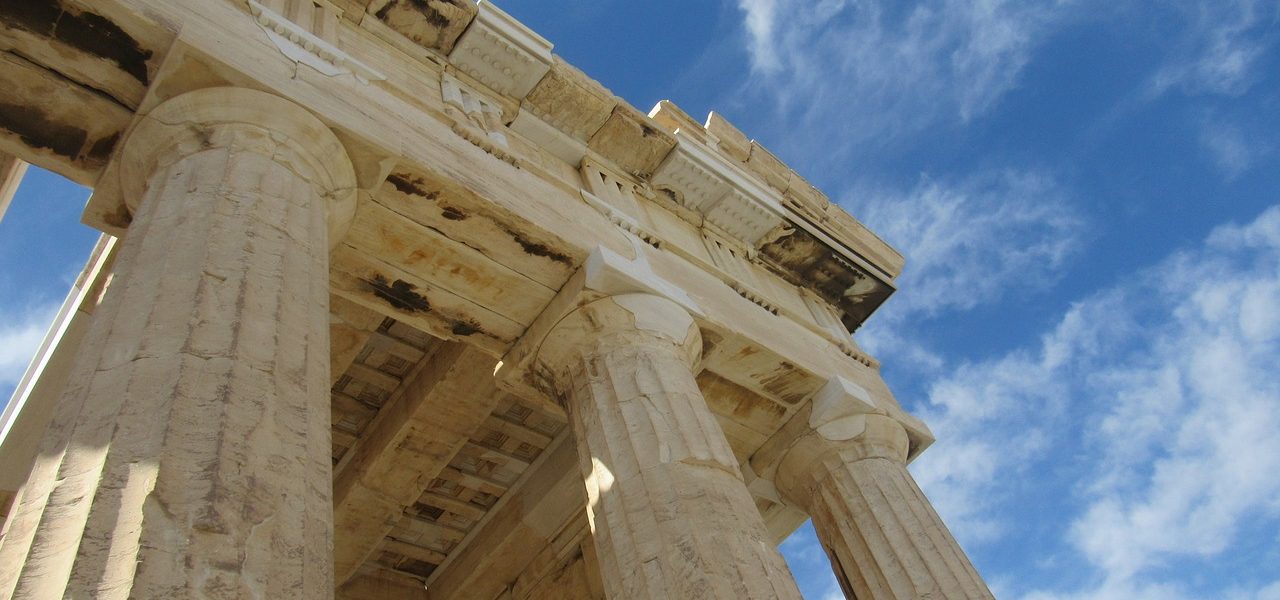Julian the Apostate stands as an enigmatic figure among Roman emperors, ascending to power in 361 AD during a period when Rome was rapidly transitioning from its pagan roots to Christianity. Following Constantine’s legalization of Christianity in 313 AD and the subsequent redirection of imperial funding toward Christian institutions, pagans, who had long benefited from imperial patronage, likely experienced a profound psychological and cultural shock. Under Constantius II, who ruled from 337 to 361 AD, Christianity continued to solidify its foothold within the empire. Against this backdrop of rapid Christianization, Julian’s brief reign and his audacious attempt to restore paganism were startling. Here, we’ll explore why Julian pursued this path and whether his efforts could have succeeded had he ruled beyond his two-year tenure, which ended with his death in 363 AD.
Julian’s Religious Policies and Their Implementation
To revive paganism, Julian implemented several bold measures. He redirected imperial funding from Christian institutions back to pagan ones, aiming to restore the financial support pagans had once enjoyed. More strategically, he prohibited Christians from teaching classical pagan authors like Homer and Plato, a move that could have impacted the intellectual landscape by limiting Christian access to foundational texts of Greco-Roman culture. Had this policy endured, it might have entrenched paganism among the empire’s educated elite.
Julian also sought to reorganize paganism by adopting a hierarchical structure similar to that of the Christian Church. This was a response to the widespread recognition, even among pagans, of Christianity’s superior motivation for charity, which contrasted with traditional Roman practices of distributing aid to enhance personal prestige. Additionally, Julian promoted pagan schools to establish pagan philosophy as the empire’s intellectual foundation, reinstated pagan officials who had been removed from office, and even attempted to rebuild the Jewish Temple in Jerusalem to counter Christian narratives about its destruction. These actions mark Julian’s reign as one of the most extraordinary episodes in Roman history, raising the question of what might have happened had he ruled longer—perhaps 15 years or more.
Challenges to Julian’s Pagan Revival
By the fourth century, paganism appealed primarily to Rome’s elite, while Christianity had gained a strong following among common citizens, women, immigrants, and those of lower social status. Christianity offered a sense of meaning that many felt was absent under pagan rule, and its spread was organic rather than imposed. The Roman elite, while valuing paganism’s ritualistic and formal aspects, struggled to counter Christianity’s growing influence. A top-down reimposition of paganism, as Julian attempted, was unlikely to resonate deeply with the broader population over the long term.
Other factors further complicated Julian’s ambitions. The empire faced economic turbulence and barbarian incursions during the fourth century, which would have diminished the impact of an imposed religious policy. Moreover, a sustained push for paganism in the Western Roman Empire could have exacerbated tensions with the wealthier, more Christianized Eastern Empire. After Julian’s death, the empire was ruled by a single emperor for only another 30 years, and a prolonged pagan revival in the West might have accelerated the division between the two halves.
Conclusion
While we cannot know with certainty what would have happened had Julian reigned longer, it’s unlikely that Roman citizens would have returned to paganism en masse. Instead, it might have instigated a civil war. As it stands, though, his policies likely galvanized Christians to defend their faith as both a philosophical and theological framework and an institutionalized part of the empire. At a time when classical paganism was waning and new heresies were emerging within Christianity, the episode of Julian the Apostate may have inadvertently strengthened the Christian Church, preparing it to confront future challenges in the centuries ahead.



